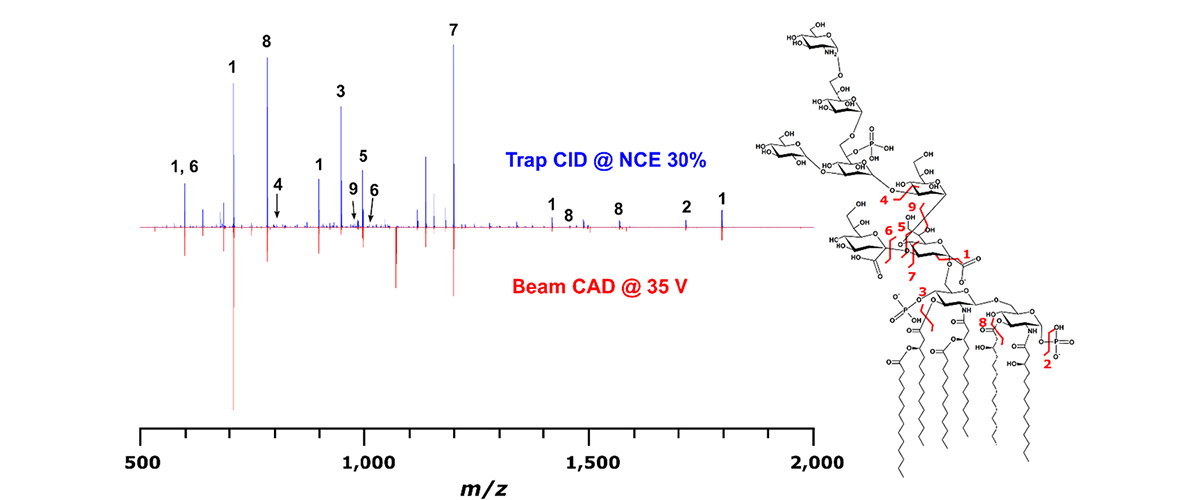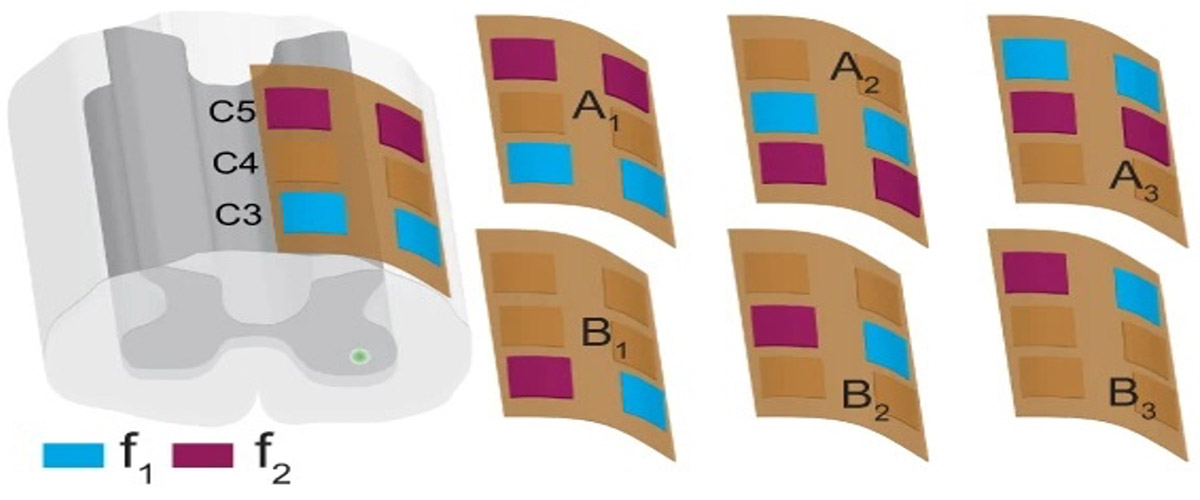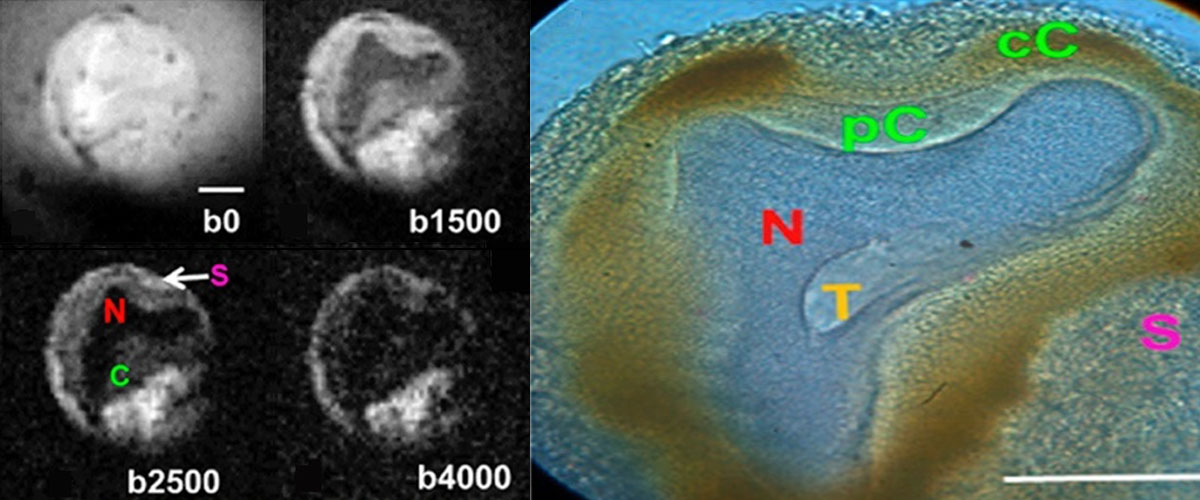What did scientists discover?
The early Earth’s atmosphere contained aerosols from sun-induced photochemistry. In volcanic regions, these aerosols were produced within inert atmospheric conditions. With the emergence of life, the aerosols that were once in an oxygen-free environment were exposed to oxygen. How did this affect their chemistry? To find out, artificial atmospheric aerosols were produced in the lab and aged in oxygen for different periods of time. Samples were then analyzed at the MagLab and found to be dominated by oxidized molecules.
Essentially, MagLab users observed chemical reaction products between
photochemical haze and water vapor, which reveals the capacity to
generate organic molecules needed for life.
Why is this important?
About 2.4 billion years ago, something amazing happened: life started to produce oxygen, and the Earth’s atmosphere changed dramatically. By comparing samples with different ages, the researchers observed striking chemical differences in composition. After three years of aging, most detected species were found to be oxidized molecules. The formation of ketones, aldehydes, and carboxylic acid were highlighted. These findings allowed a better comprehension of the mechanism by which certain types of prebiotic species appeared on earth and established a pathway for the astronomers to catalogue the chemistry of exoplanet atmospheres.
Who did the research?
Julien Maillard1 2, Nathalie Carrasco1, Christopher P Rüger2, Audrey Chatain1, Isabelle Schmitz-Afonso2, Chad R Weisbrod3, Laetitia Bailly2, Emilie Petit2, Thomas Gautier1, Amy M McKenna3, Carlos Afonso2
1Université Paris-Saclay, 2Normandie Univ, 3National High Magnetic Field Laboratory
Why did they need the MagLab?
Determining the molecular signature of the aerosols under study required the ultrahigh high mass accuracy and mass resolving power of the MagLab’s 21T Fourier Transform Ion Cyclotron Resonance Mass Spectrometer.
Details for scientists
- View or download the expert-level Science Highlight, Evolution of the Molecules of Life on Distant Planets
- Read the full-length publication, Humid Evolution of Haze in the Atmosphere of Super-Earths in the Habitable Zone, in Astrobiology
Funding
This research was funded by the following grants: G.S. Boebinger (NSF DMR-2128556), Nathalie Carrasco (European Research Council 636829 and 101053033)
For more information, contact Chris Hendrickson.






